How to Calculate Customer Acquisition Cost And Minimize Expenses
We all know the old saying: ‘if you want to make money, you need to spend money’. This may be true, but it isn’t always clear just how much money we need to spend, especially when it comes to customer acquisition.
Customer acquisition is a crucial process for any business, and with the multitude of marketing techniques utilized by companies today, it’s one that is becoming more and more complex. To generate outbound leads most companies will run several campaigns at once.
All of this comes at a considerable cost, and with such high budgets it’s vital that spending is balanced out by paying customers. But how can we ensure this? How can we reduce risk?
Luckily, we live in the age of data and there are some incredible tools capable of simplifying this process. But, before you can start using them you need to understand: what exactly is customer acquisition cost?
What is CAC?
Customer Acquisition Cost (CAC) is a metric used by businesses to calculate the investment required to bring in new customers. It takes into account your total spending over a set period of time and compares that to the actual number of new customers acquired, eventually giving you the average amount spent on acquiring one new customer.
The top companies get even more specific than that, running this technique across all of their marketing methods individually. This allows them to compare the cost of each and show which is most profitable, fine tuning their marketing strategies and driving profit.
How to calculate CAC
Now it’s time for some math! But don’t be afraid, calculating your acquisition cost is actually very simple. All you need to do is add up all of your spending in marketing and sales over a certain time period. Then you divide that number by the amount of new customers gained over that time.
For example, if you spend 2,000dh and you acquire 500 new customers your CAC sum would look like this:
2,000 / 500 = 4dh per new customer.
That’s it! Obviously these figures will differ greatly depending on the size of your company and what you are selling, but this gives you a good idea of how the formula works and how powerful a tool it can be for companies.
What to include when calculating CAC
When calculating your CAC there are several categories of spending that you must take into account. The more specific you get, the more accurate your CAC formula will be. This may be the most time consuming part of calculating your CAC, especially for larger companies. Here is a short list to help you get started:
Advertising spend
Social media ads, email campaigns, pay per click ads, affiliate marketing, paid influencers – whatever method of advertising you are using, it all needs to be included.
Salaries
This will include all sales and customer service staff and the marketing team. Don’t forget warehouse staff and distribution costs if you’re selling a physical product – obviously this will depend on the company.
Technical costs
This covers any technology that your marketing and sales team is using. Don’t forget to include software or services such as: POS (point of sale) systems, sales reporting software, marketing automation software, customer service satisfaction surveys.
Content production costs
This includes anything that you spend on creating content for marketing purposes, such as product photos, photo/video editing software, or freelancers hired for production purposes.
Customer Lifetime Value (LTV)
An important metric you may also want to consider when looking into CAC is customer lifetime value, or LTV. This is the amount that your company is predicted to make from one customer over their entire shopping lifetime with you. To calculate LTV accurately you will need to collect data from several sources:
- Average Purchase Value – you can calculate this by dividing your company’s total revenue over a set period of time by the number of purchases.
- Average Purchase Frequency – we calculate this number by dividing the average number of purchases over a set period of time, by the number of customers.
- Customer Value – calculate this by multiplying your average purchase value by your average purchase frequency.
- Average Customer Lifespan – we can calculate this by looking at the average number of years a customer purchases from your company.
And finally that should give us two numbers, one representing Customer Value, and the other, Average Customer Lifespan. To find our LTV we must multiply them together. This should give us a good estimate of the revenue we can expect to gain from the average customer over their shopping lifetime.
LTV to CAC Ratio
If you really want to get into fine tuning your company’s spending, you can use both your LTV and CAC calculations in unison.
The best Shopify stores compare these figures as a ratio, and use it to inform spending in marketing, sales and customer service. It can give you a valuable insight into what a customer is worth to your company, compared to what you are paying to attain them.
As a general rule we should be aiming for an LTV to CAC ratio of 3:1or higher. This means that the lifetime value of your customer is three times the cost of what you spent acquiring them.
If your ratio is lower, for example 1:1 This means that you are spending the same amount on acquiring new customers as your customers are spending on your products. In other words you will break even, but make no profit.
If your ratio is higher, 6:1 for example, you are making much more than you are spending! However, excellent as it may seem, it could also suggest that you’re actually not spending enough on acquiring new customers. If you make a big profit from one customer then maybe you can afford to spend on acquiring two more, and then from those two, four more, and so on. With more investment your company will grow and expand much faster.
Minimizing expenses
The process of calculating customer acquisition cost requires a thorough examination of your whole sales cycle. This gives us a great opportunity to find out where we are spending too much, or maybe not spending enough. Here are some ideas on how to reduce your CAC:
Play to your strengths
Breaking down spending for each individual advertising channel is probably the best place to start. You might find, for example, that your Facebook ads are providing a greater return than Instagram ads. In which case you would transfer some of your Instagram budget over to Facebook, decreasing your CAC and boosting profit.
Encourage customer referrals
Get your customers to do the work for you! Offer a small incentive to existing customers every time they refer your product or service to a friend. For example, 10% off their next order or free shipping. If the warm lead they give you converts, then the CAC of that new customer will be very low, or even nothing, depending on your referral program.
Listen to Customers
A great way to add value to a customer is to ask them their opinion on your service. You can do this through surveys. Remember to also keep an eye on your customer satisfaction score (CSAT).
Often the information we gather from existing customers can be used to shape the way we go about finding new ones. Knowing what a customer expects from your service and what their shopping experience was like is absolutely invaluable information for companies looking to grow and expand their business. Can your customer service techniques be improved?
Be user friendly
It’s important that customers have a user friendly experience when shopping online. The easier something is to buy, the more likely someone is to buy it. So, streamline your websites and invest in better website developing tools if you have to. Ecommerce sites in particular are using data and website personalization tools to give customers a unique and individual experience based on their previous purchases and browsing behavior.
Ensure that people have the option to switch between multiple devices while shopping, enjoying the same high level of customer experience across all platforms. Offering an easy to use seamless online experience can really reduce CAC – not only is it often cheaper than running a physical shop on the highstreet, but it can also help improve conversion rates. Rather than having people struggling to find what they’re looking for and leaving empty-handed, a well-designed website will lead them right to what they want, and encourage a purchase.
What now?
When you’re next updating your productivity plan for the year, make sure to include time to assess your CAC. Reducing your CAC will increase the economic sustainability of your company, and help you to see a greater return in profit.
Make sure to accurately record anything you need to include – from salaries to new technology costs – and keep a close eye on the ROI of any campaigns you do as well. Staying on top of these metrics throughout the year and responding quickly to any changes is the best way to stay at the top of your field.
 Jessica Day – Senior Director, Marketing Strategy, Dialpad
Jessica Day – Senior Director, Marketing Strategy, DialpadJessica Day is the Senior Director for Marketing Strategy at Dialpad, a modern business communications platform with integrated call routing that takes every kind of conversation to the next level—turning conversations into opportunities. Jessica is an expert in collaborating with multifunctional teams to execute and optimize marketing efforts, for both company and client campaigns. Here is her LinkedIn. She has also written for GetGuru and Tapfiliate.

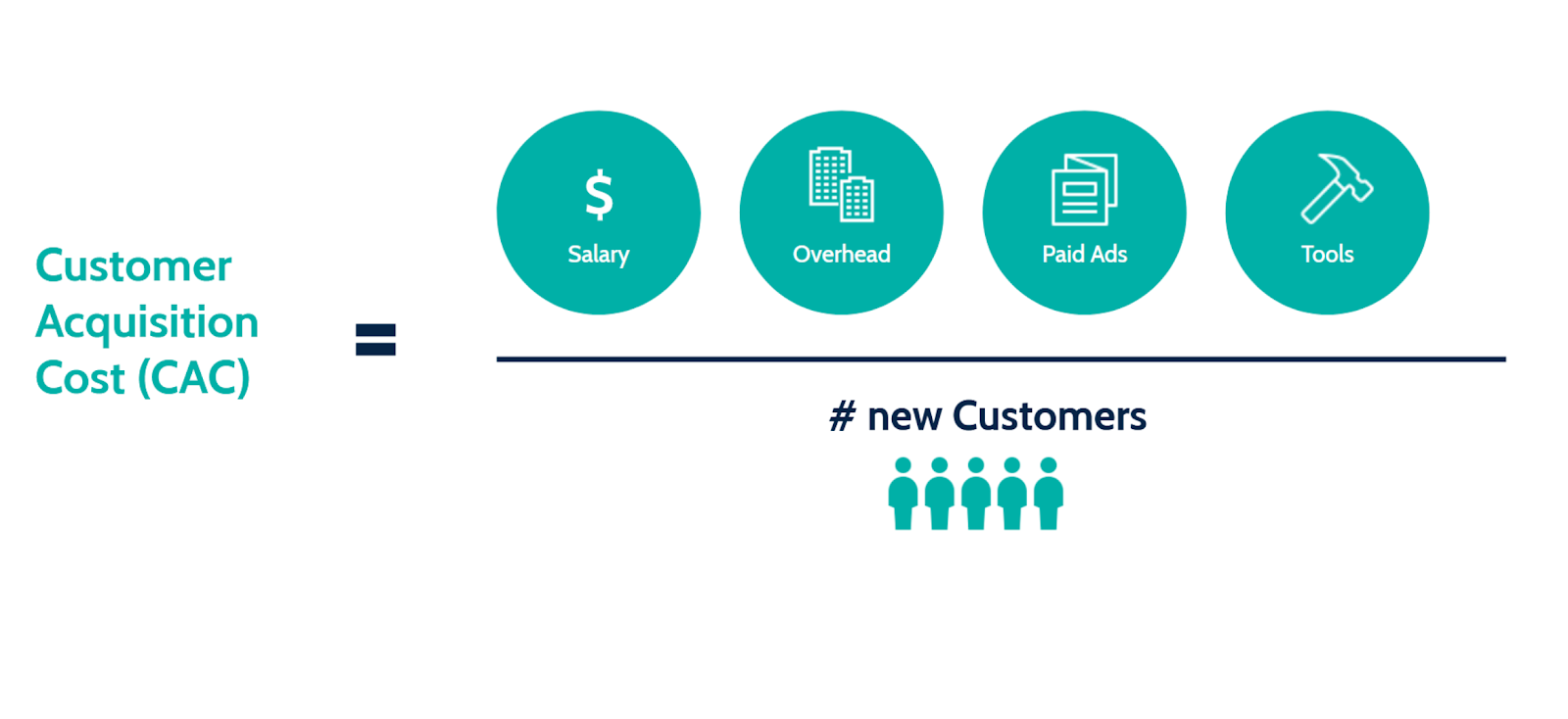


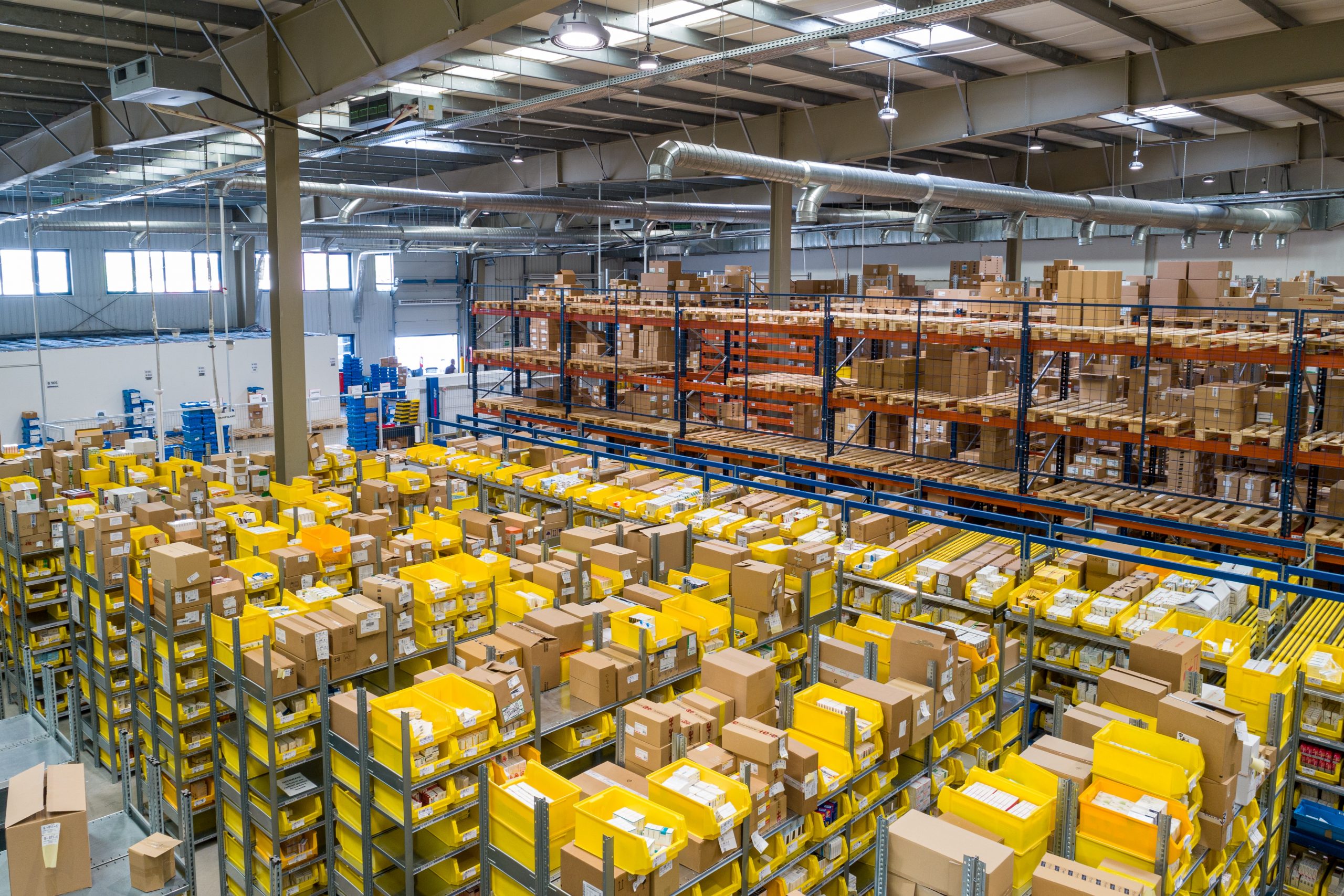

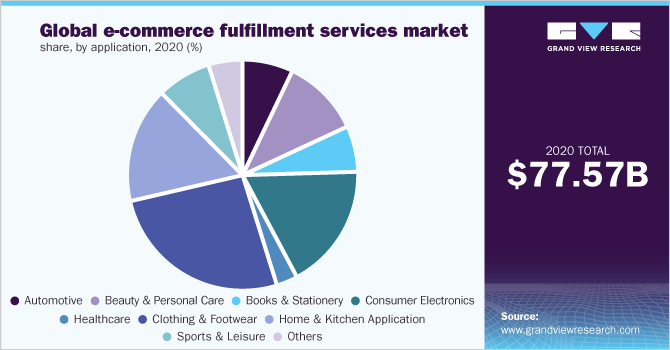
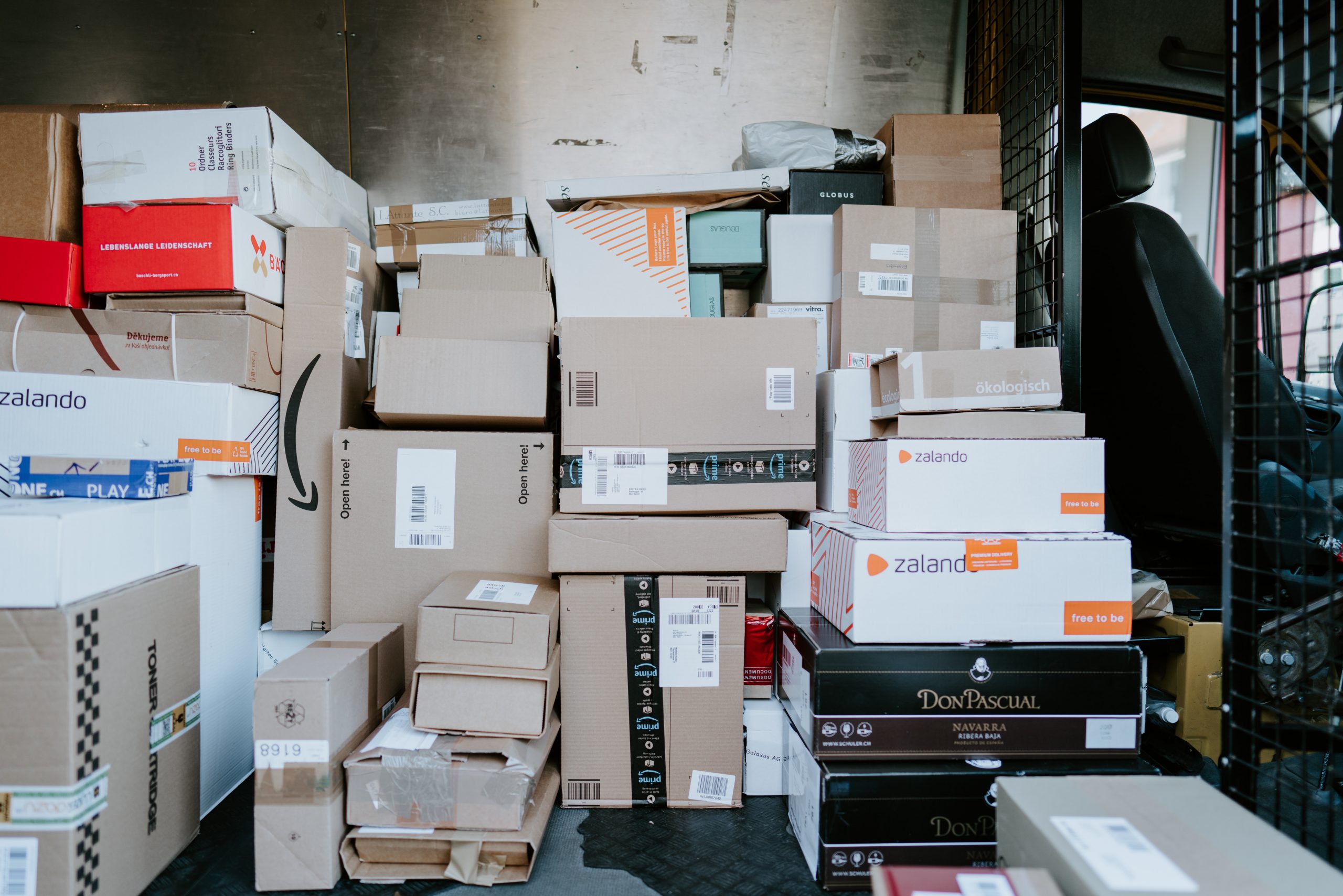





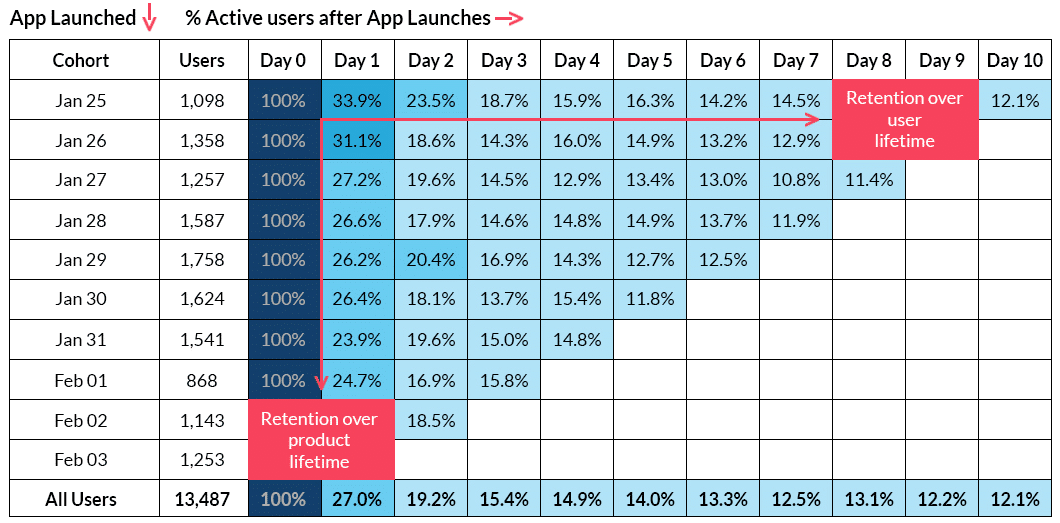
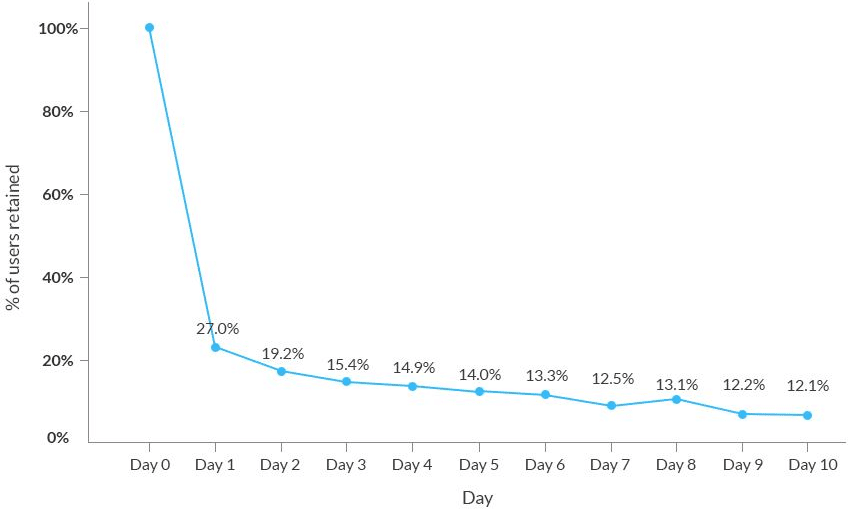
 Jenna Bunnell – Senior Manager, Content Marketing, Dialpad
Jenna Bunnell – Senior Manager, Content Marketing, Dialpad

